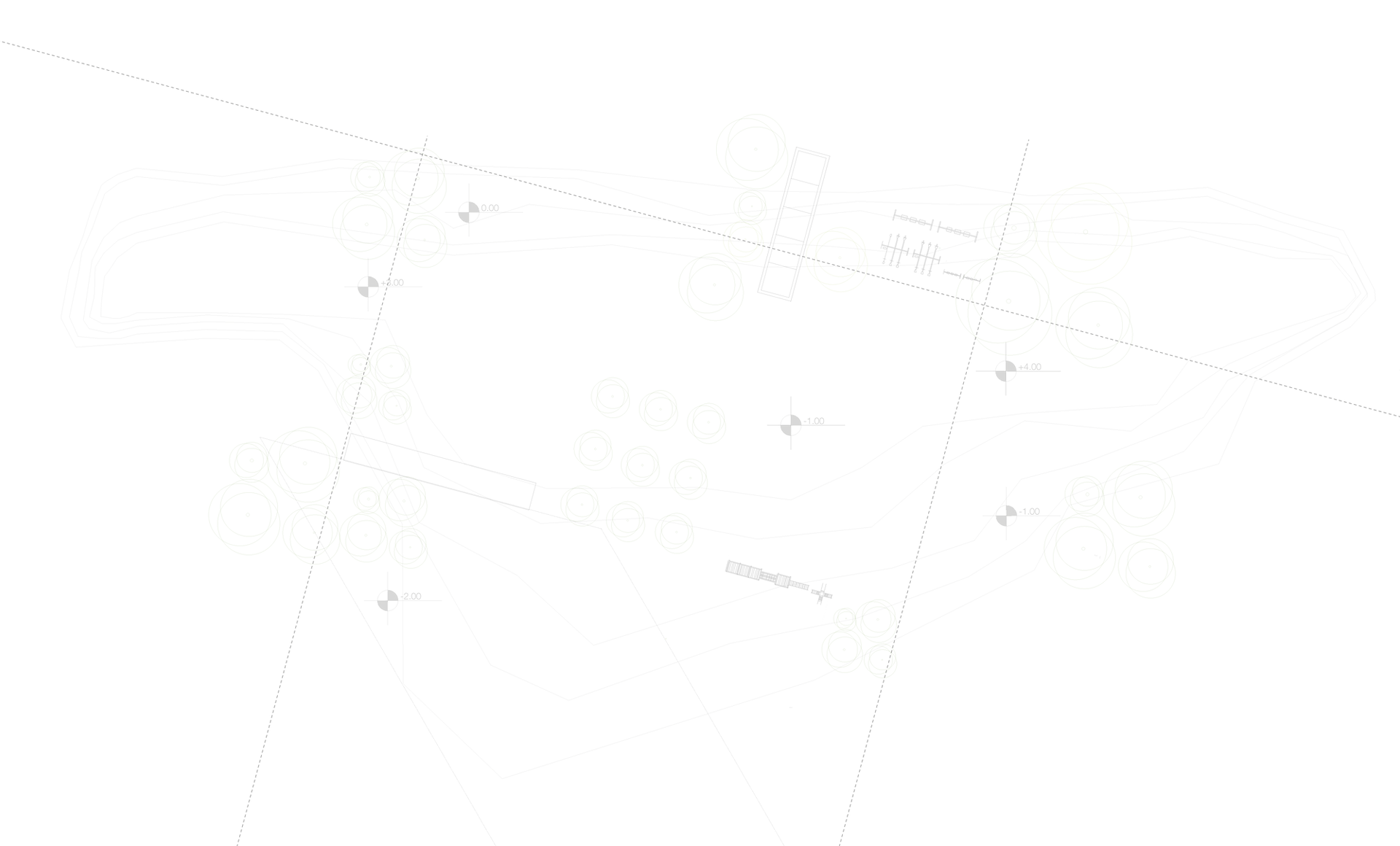
model of the aerial farming process
Precison agriculture machinery
Aerial Farming software
Evaluation and decision making
The information provided by the analysis can be evaluated by time and location based methods. Taking into account the parameters of the agricultural area (grown species, soil type, cultivation method, etc.) decisions can be made on type of the intervention on its location and on its time.
Analysis
Aerial Farming hardware
Data collection
Cultivation
Post-processing
Flying above the agricultural area with an UAV which is the most appropriate for the task in its technical design (flying height, payload capacity, durability, area, etc.). In this sense copter, plane and plane with VTOL capabilities can be used depending on the task.
Flight
The UAV can carries different types of sensors. In agriculture multispectral images are the basis of the analysis. The images are made in parallel in different spectrums (visual light, infrared and near-infrared light).
The collected images need further processing before they can be used for analysis. They are stiched together, corrected in colors, view angles, etc., get through an orthorectification process and they are provided with geo-references.
In agricultural application the most important analysis is the Normailized Difference Vegetation Index (NDVI) which uses visible and near-infrared images to provide information on the health of the plantation, water status of the soil, etc.
The results of the analysis and decisions can be manifested in cultivation methods by exporting them to precision machinery. The plants need different treatment in different place and at different time. With variable rate application (VRA) of chemicals, fertilizers, water the needs of the plants are fulfilled and the consumption of resources can be as low as possible.
